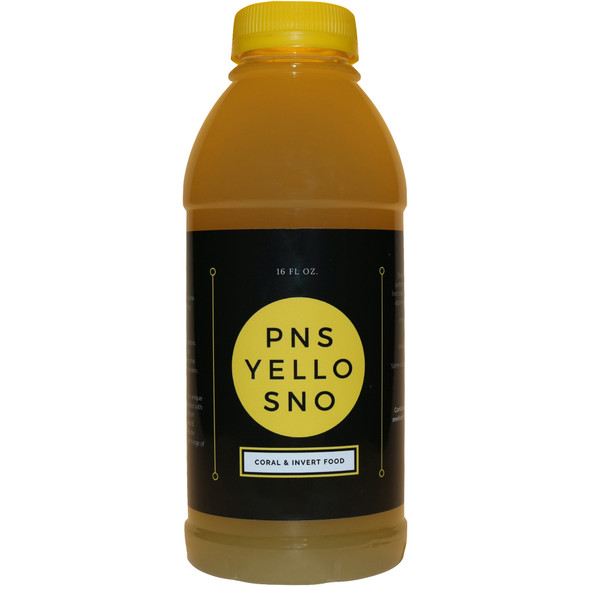Description
Provide superior nutrition, while controlling nutrients and organic wastes, with purple nonsulfur bacteria.
ABUNDANCE & CONSISTENCY
PNS HomeGro™ contains key items required to economically cultivate purple nonsulfur bacteria (PNSB) using commonplace chemicals and implements. This unique kit presents a more eco-friendly alternative to relatively small, pre-grown bottled products as it significantly reduces shipping/packaging waste. Finished culture treats approximately 8,000 gallons!
KIT CONTENTS
-
Culture vessel, cap, and spigot
-
Sticker thermometer
-
Growth medium powder
-
Inoculum bottle (select blend of probiotic PNSB cultures)
ADDITIONAL REQUIREMENTS
-
Kitchen funnel
-
Kitchen thermometer
-
Unscented household bleach
-
Hydrogen peroxide (3% or higher), spray bottle
-
Isopropyl alcohol (70% or higher), spray bottle
-
60W-65W incandescent lamp or equivalent
-
Heat pad (if needed for temperature control)
DIRECTIONS
Prepare Work Area
-
Sanitize Hands and Work Surfaces
-
Establish a clean, uncluttered, draft-free, and dust-free area.
-
Wash hands/gloves thoroughly with antibacterial soap. Avoid loose, long-sleeve clothing (we further recommend wearing face mask and tying back long hair).
-
-
Sterilize the Culture Vessel
-
Pour 1 capful of household bleach into the vessel (use the vessel cap for measurement, as this will sterilize the inner surfaces of the cap).
-
Add 1 cup of purified water to the vesselecap the vessel and shake vigorously.
-
Uncap and pour out bleach water, shaking out any remaining drops (do not rinse).
-
Without touching the inside of the cap, immediately recap the vessel.
-
Prepare Growth Medium
-
Boil Water and Sterilize Tools
-
Bring 3 gallons of purified water to a boil in a large pot with lid.
-
Sterilize implements (stirring spoon, thermometer, etc.) by spraying them with peroxide and placing them on a sterile surface (e.g., a tray that has been sterilized with peroxide).
-
-
Mix Growth Medium
-
Slowly add the growth medium powder to the boiling water and stir well.
-
Cover pot and maintain boil for 10 minutes; adjust heat as necessary to avoid boilover.
-
Turn off the heat and allow pot to cool to 90°C (194°F); this temperature is hot enough to discourage biocontaminants, but not hot enough to melt the culture vessel.
-
-
Transfer to Vessel
-
Using a sterilized funnel, carefully pour the mixture into the culture vessel. For ease and safety, you may use a sterilized pitcher to transfer the liquid to the vessel (from pot to pitcher to vessel); sterilize pitcher with peroxide, then rinse the peroxide away with isopropyl alcohol, before use.
-
On the final pour, stir up any settled growth medium in the pot to ensure that it is transferred to the culture vessel.
-
Without touching the inside of the cap, immediately recap the vessel.
-
Inoculation and Incubation
-
Cool Vessel/Add Inoculum
-
Allow the vessel to cool to room temperature; generally, this requires that the vessel is set aside overnight before starting next step! Do not add inoculum to hot culture medium!
-
Lightly shake inoculum bottle.
-
Remove cap and carefully pour the entire contents of the inoculum bottle into the vessel (do not touch inside of cap).
-
Immediately recap the vessel.
-
-
Incubate Culture
-
It is critical to incubate at the appropriate temperature; maintain steady temperature of 28°-30°C (82°-86°F); use a heat pad with thermostat, or similar controllable heat source, as required.
-
Apply sticker thermometer to vessel (opposite side of vessel from main heat source); secure with clear tape if necessary.
-
Place the vessel under continuous, moderate light; a 60-65 watt incandescent (or equivalent ‘warm white’ LED) light source (about 1 inch from vessel) is ideal.
-
-
Monitor Growth
-
Complete incubation takes approximately 30 days (often longer). To accelerate growth, shake the vessel (preferably daily) as reddish sediment accumulates on the bottom.
-
The culture is fully mature when no additional growth occurs for 5+ consecutive days (usually after one month); it is common for much of the living biomass to settle to the bottom at this time.
-
-
Prepare for Use
-
Sterilize spigot with peroxide, then rinse the peroxide away with isopropyl alcohol.
-
Replace cap with sterilized spigot (avoid touching inside of spigot).
-
Shake the vessel before each use.
-
Spray nozzle of spigot with peroxide, then isopropyl alcohol, before and after each use.
-
IMPORTANT NOTES
-
Aquarium use only. Not for human consumption!
-
Hydrospace cannot be held liable for damages resulting from misuse of this product.
-
Includes exclusively licensed strains. No live cultures made with this product (nor any derivative thereof) may be sold, traded or used for any commercial purpose whatsoever.







